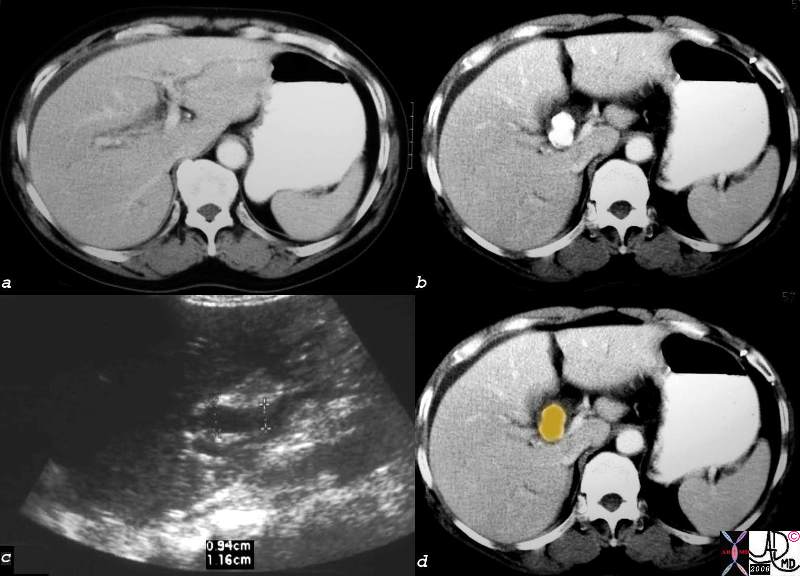Copyright 2008
Definition
Mirizzi’s syndrome is a mechanical disorder of the bile ducts characterized by partial obstruction of the common hepatic duct causedby a stone impacted in the infundibulum or neck of the gallbladder with secondary cholecystitis.
Structurally a moderately large stone impacted in the base of the gallbladder, impinges on the space of the bile ducts in the region of the triangle of Calot causing upstream dilatation of the ducts. The disease usually presents in the setting of acute inflammation of the gallbladder.
Functionally the gallbladder is excluded from the biliary system and therefore can no longer receive, concentrate nor deliver bile and there is also diminished delivery of bile from the liver to the duodenum because of the partial obstruction.
Clinically the presentation is similar to acute cholecystitis, but the added element of biliary obstruction is the clue to the diagnosis. The alkaline phosphatase and direct bilirubin will be elevated .
Ultrasound confirms the presence of an impacted stone in the gallbladder and identifies the presence of dilated upstream biliary system. HIDA scan may show delayed emptying of the biliary system, and non filling of the gallbl;adder. CT scan is also useful in the diagnosis, particulalrly if shaddowing by the stone, prevents optimal visualization of the disease process.
Treatment is surgical, but is wise to perform an ERCP prior to the procedure, and assess the anatomy, and possibly stent the duct in order to facilitate the surgery which may be difficult by the prese\nce of inflammation and adhesions in the area.

Mirizzi’s Syndrome – Large Stone in the Infundibulum Bile Duct Obstruction |
| 57year old male presents with RUQ pain fever, positive Murphy’s sign, elevated alkaline phosphatase. The CTscan in a shows mild intrahepatic bile duct dilatatio, while image b shows a 2.8cms stone impacted in the region of the infundibulum of the gallbladder. Image c is an ultrasound which shows dilated ommon hepatic duct (up to 1.2cms) while d shows an overlay in orange of the gallstone. At surgery the stone was noted to be impacted in an Hartmann’s pouch. The combination of acute cholecystitis with bile duct obstruction caused by mass effect of a stone in the base of the gallbladdercausing extrinsic compression is called Mirizzi’s syndrome.
gallbladder stone cholelithiasis cholecystitis bile duct obstruction Mirizzi’s syndrome USscan ultrasound CTscan CourtesyAshley Davidoff MD copyright 2008 82342c.8s |
